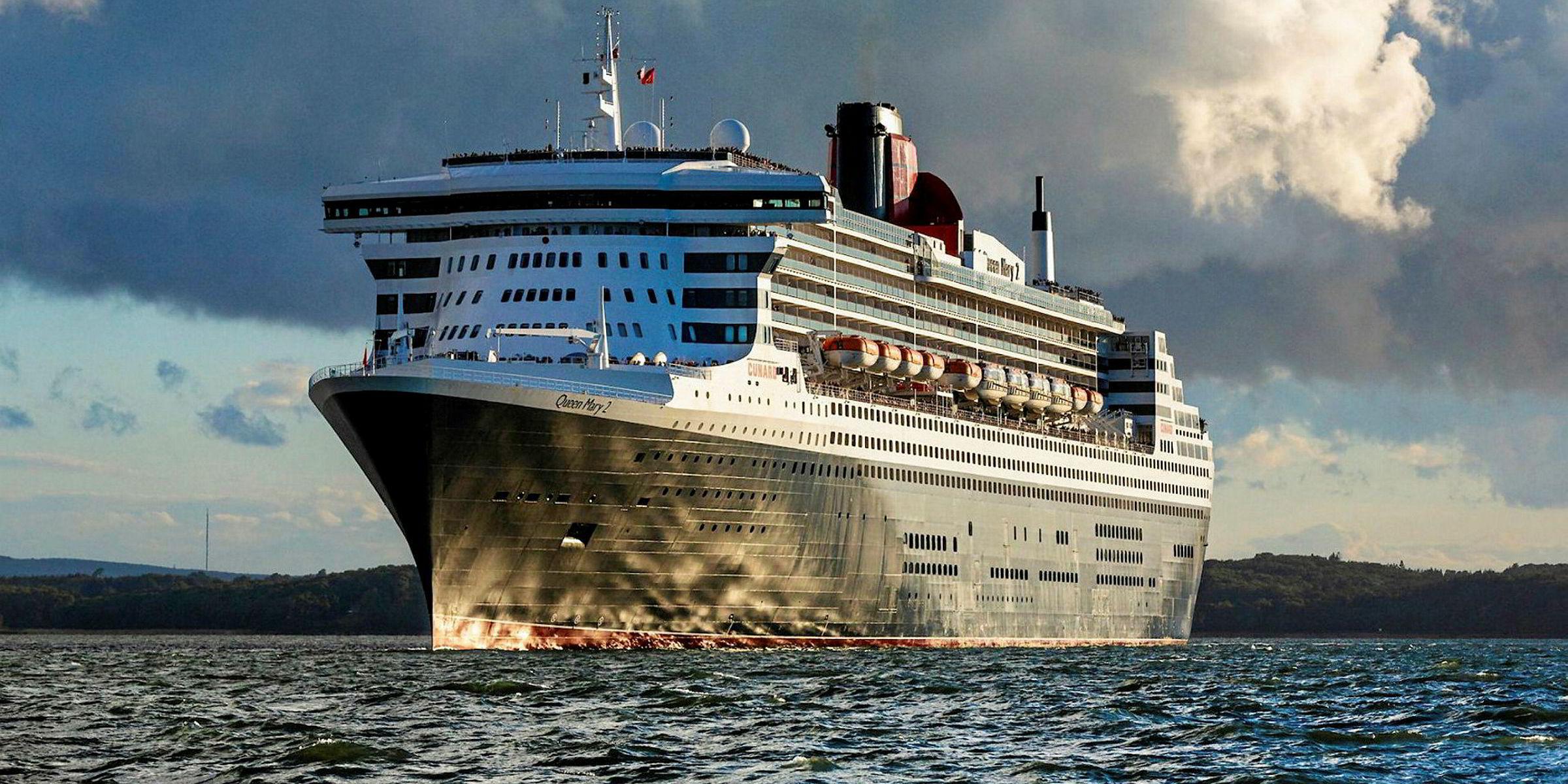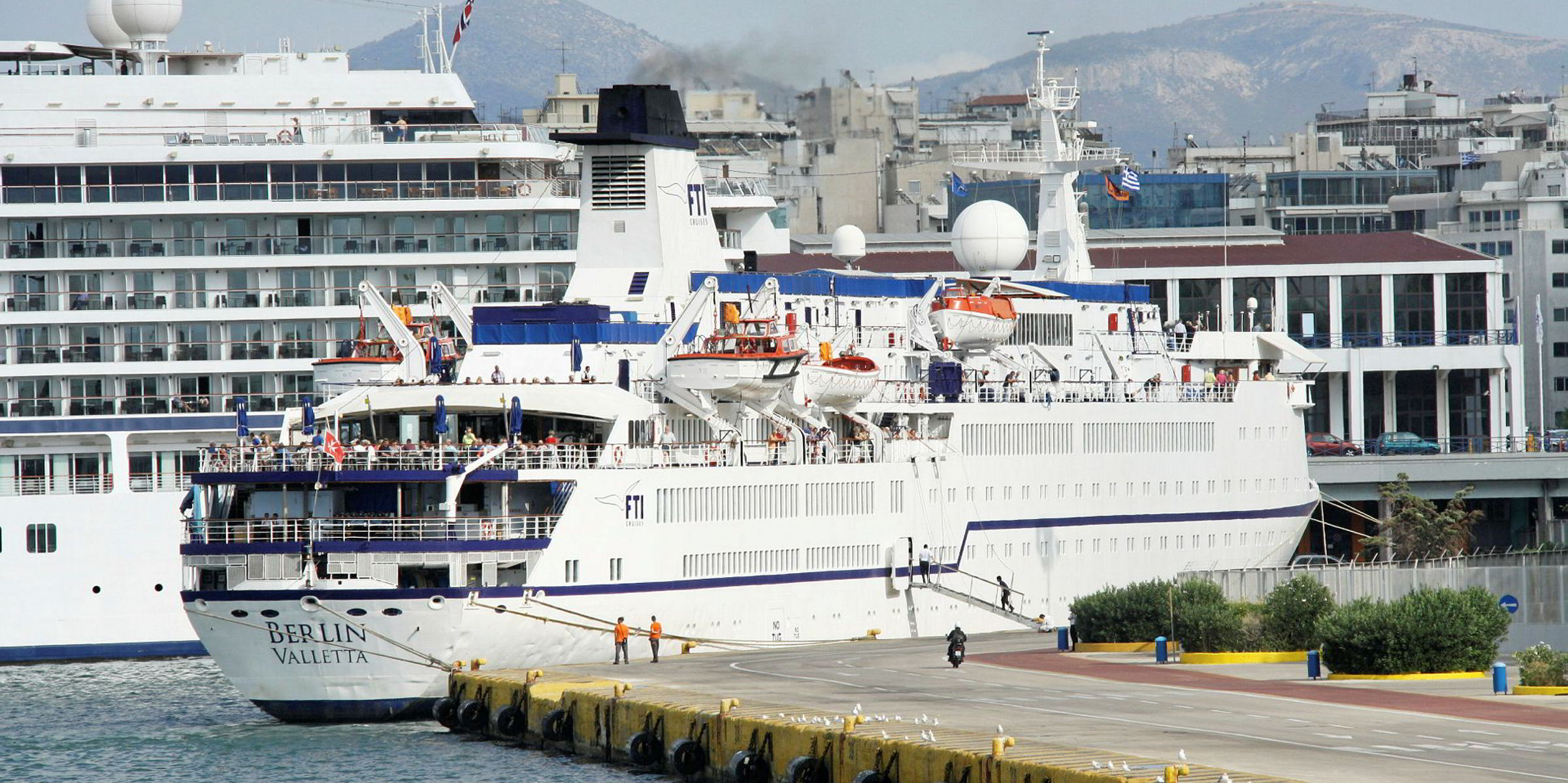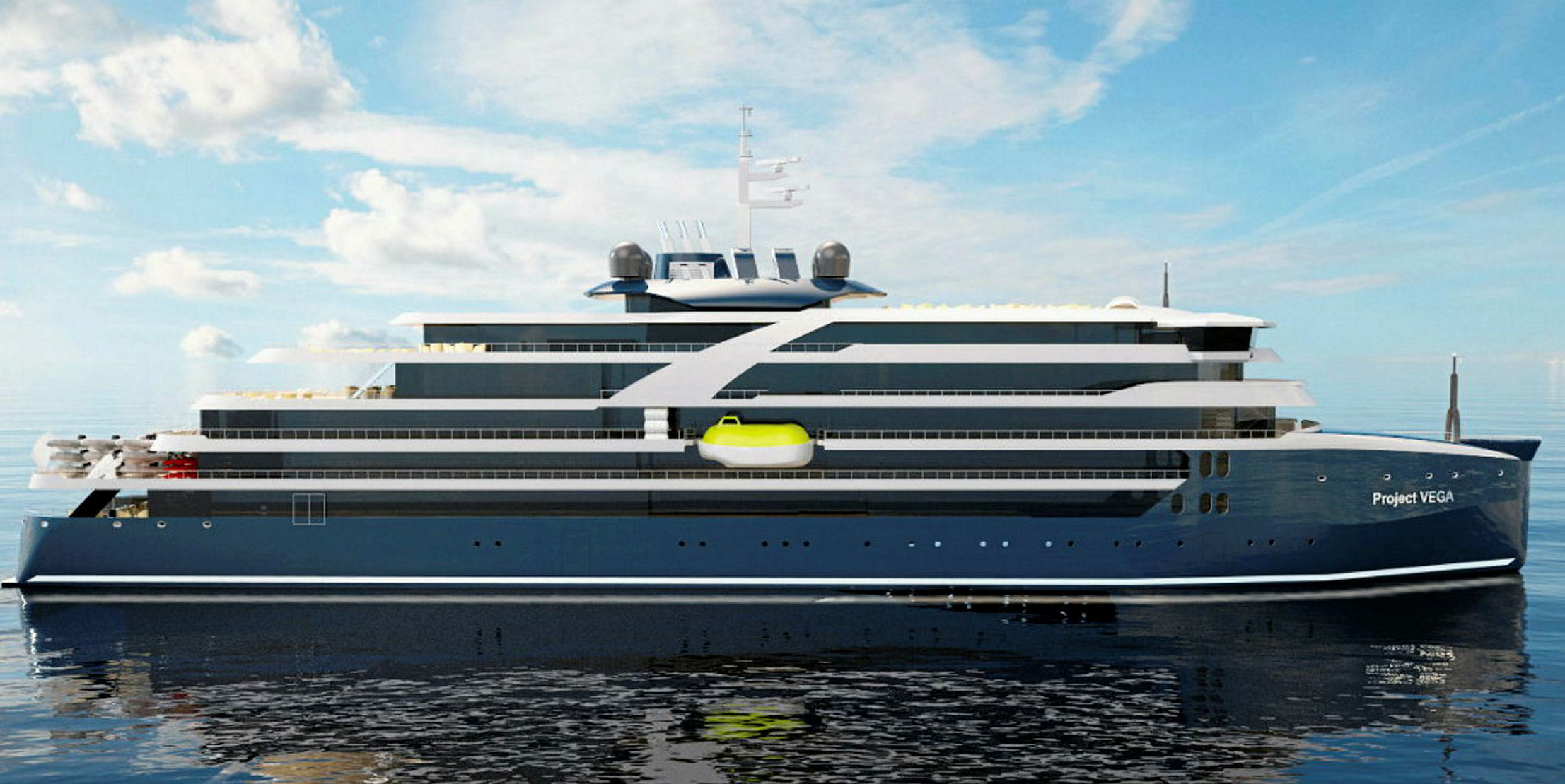There is increasing talk in the market that Carnival Corp is looking for buyers for its Cunard and Seabourn cruise brands.
A Miami-based cruise industry insider with knowledge of the matter told TradeWinds that the cruise giant is looking to divest the two brands because they do not generate high enough returns for the resources they consume.
This was corroborated by a UK-based source close to Carnival.
A spokesman for Carnival Corp, however, denied the rumours.
"Cunard and Seabourn are iconic brands for our company, and both lines have a strong track record of success over the years," the spokesman told TradeWinds.
Would-be buyers for the two brands are expected to be few and far between in today's strained market.
Lockdowns worldwide to prevent the spread of Covid-19 have paralysed Carnival and its rivals, with ships laid-up and operations frozen, raising questions over the industry’s future viability.
Shares in the publicly listed cruise lines have plummeted as companies have burned through cash, forcing them to raise billions of dollars in expensive bond finance.
The indications are that Carnival is still investing in the Cunard and Seabourn brands.
Cunard has a 113,000-gt cruiseship under construction at Fincantieri that is scheduled to be delivered in April 2022, while Seabourn has a two 23,000-gt cruiseships on order at T Mariotti that will be delivered in 2021 and 2022.
Industry sources said that Carnival could, in a worst-case scenario, rationalise Cunard down to just its flagship vessel — the 149,200-gt Queen Mary 2 (built 2003) — and shift its other ships to key brands such as Holland America Line and P&O Cruises.
Travel agency sources said that the Queen Mary 2's regular transatlantic liner service has a large and loyal following that includes people who would prefer not to fly, or those who wish to travel with their pets without subjecting them to the cargo hold of an aircraft.
It is the only ship that has kennels for pets, and the cost of transporting a pet is often higher than a transatlantic air ticket.
Ageing passenger demographic
Cunard, in particular, is going to present a big challenge to Carnival going forward, due to the increasing average age of its passengers, for whom the brand's history and nostalgia are a draw.
"Even more so than Holland [America Line], Cunard has become a floating nursing home," the Miami source told TradeWinds.
"Cunard, and to a lesser extent Holland America, need to stop living in the past. Brands rooted in the past and trading on nostalgia will only go so far."
This being said, Carnival does have a good track record for turning around challenging "heritage" brands.
Its P&O Cruises brand in the UK was long perceived as being stuffy, conservative and traditional, but Carnival has turned the company into a popular contemporary cruise operator.
"Carnival UK would much rather put the time and money into growing the P&O brand than Cunard, which they all realise now is in real danger of no longer having a base of guests," the source told TradeWinds.
Established in 1840 by Samuel Cunard as the British and North American Royal Mail Steam Packet Company, Cunard is one of the most well-known and historic names in British shipping.
It immediately rose to fame as the first company to operate regularly scheduled steamships across the Atlantic, and went on to build some of the largest, most famous ships in the transatlantic passenger trade.
It remains the last to run a regularly scheduled passenger service between Southampton and New York, popular with passengers looking to experience crossing the Atlantic in style of the grand old ocean liners.
Over its long history, Cunard acquired other companies such as White Star Line — the owner of the infamous Titanic.
The company itself has had several different owners, with Carnival being the latest when it acquired the company in 1998.
Michael Juliano contributed to this story.
This story has been updated since publication with a comment from Carnival Corp.








